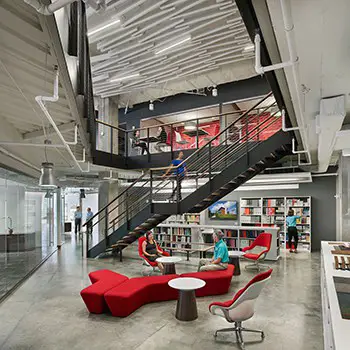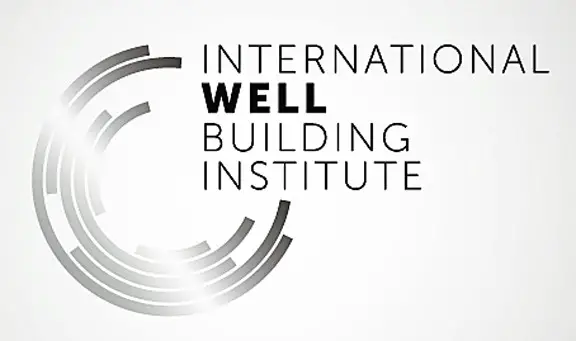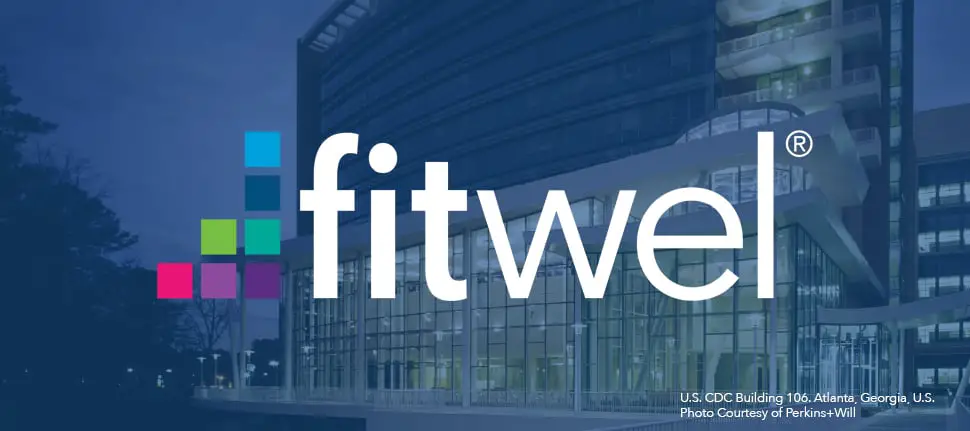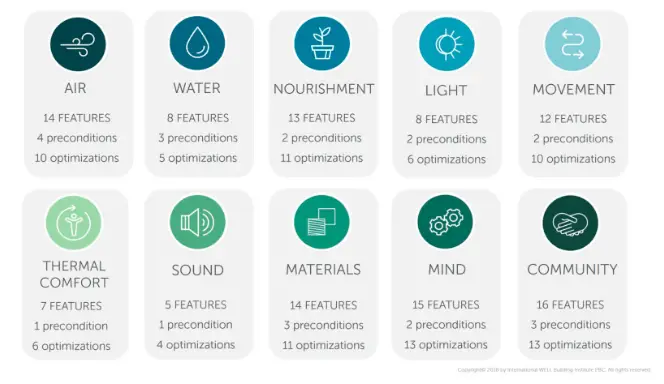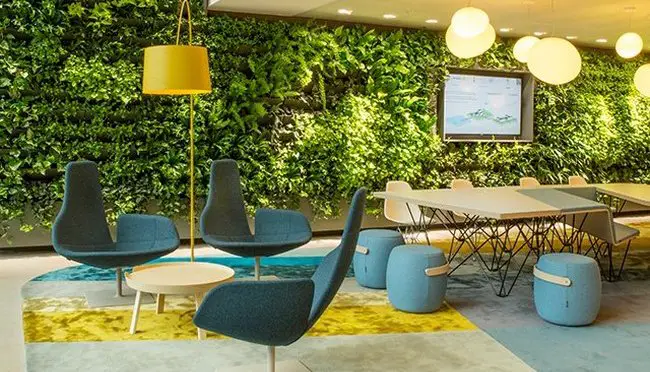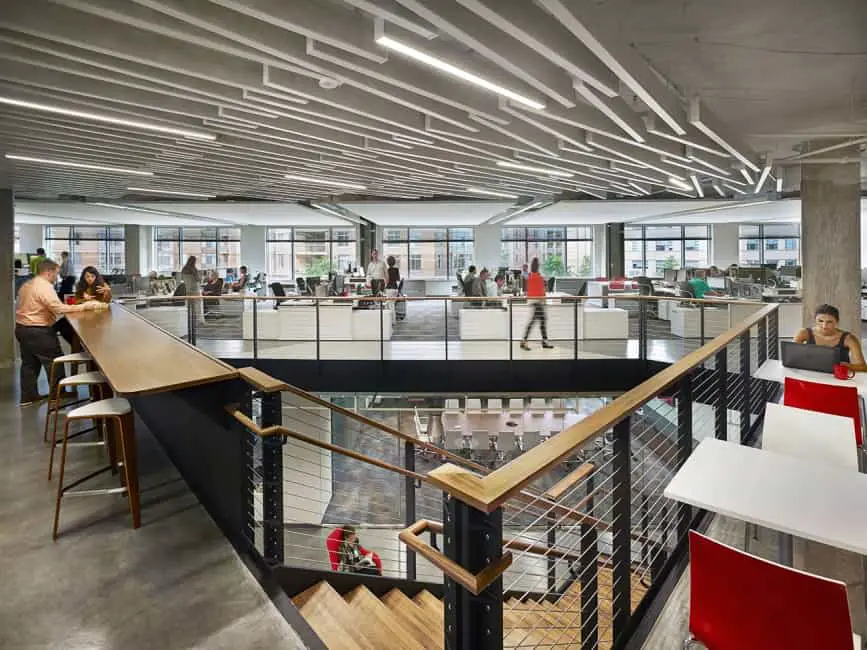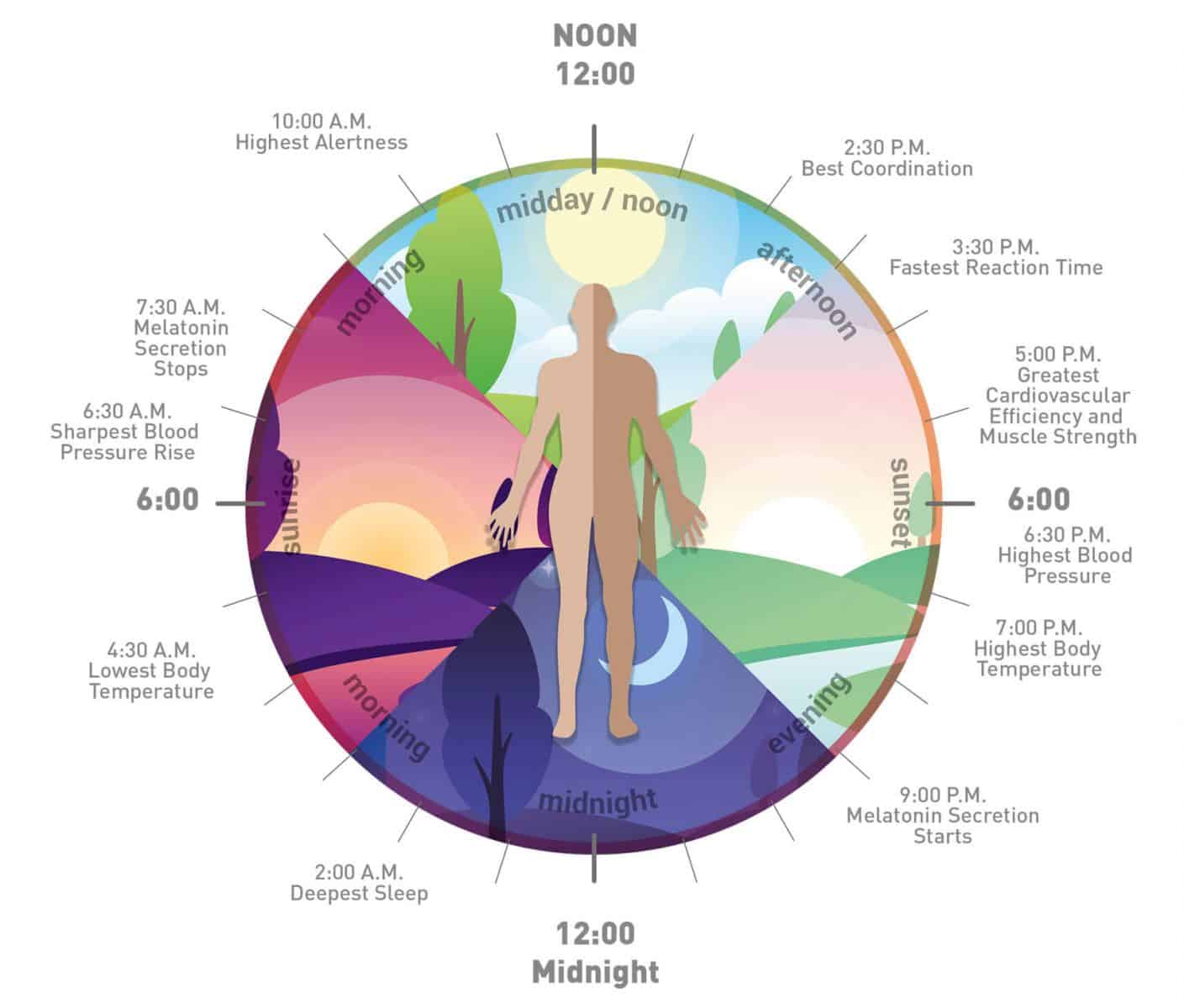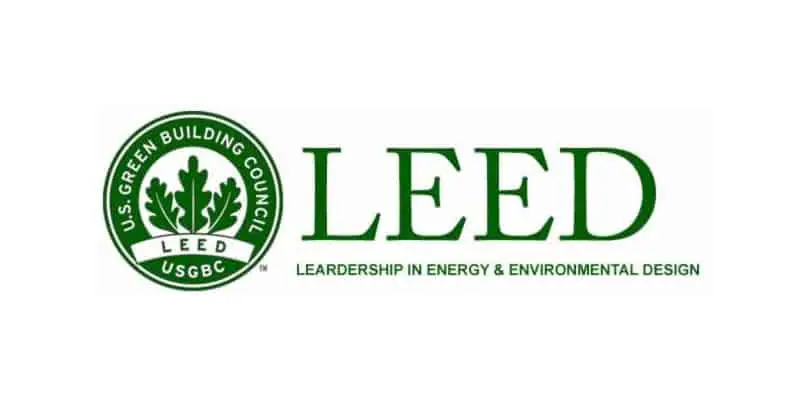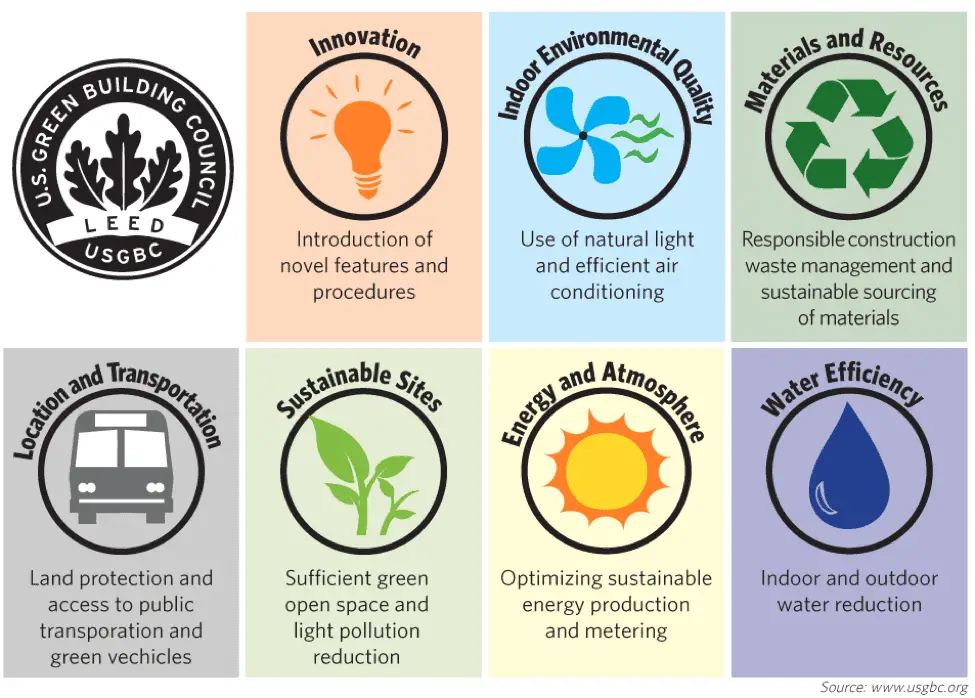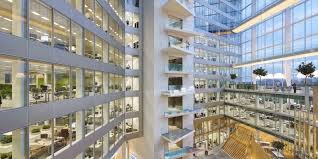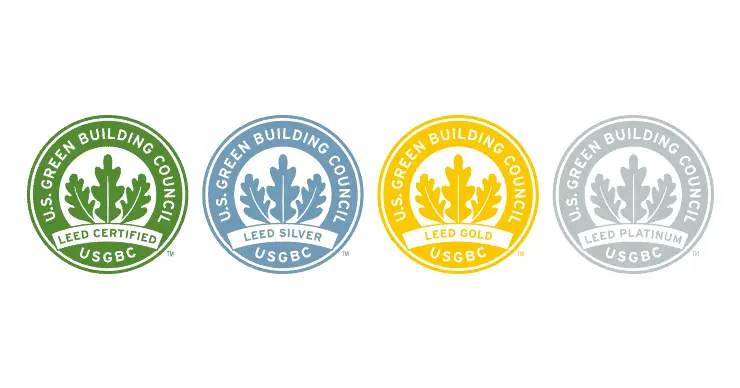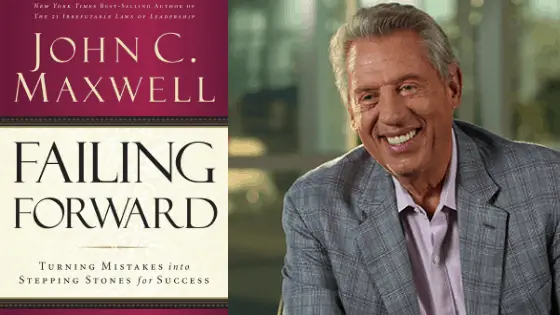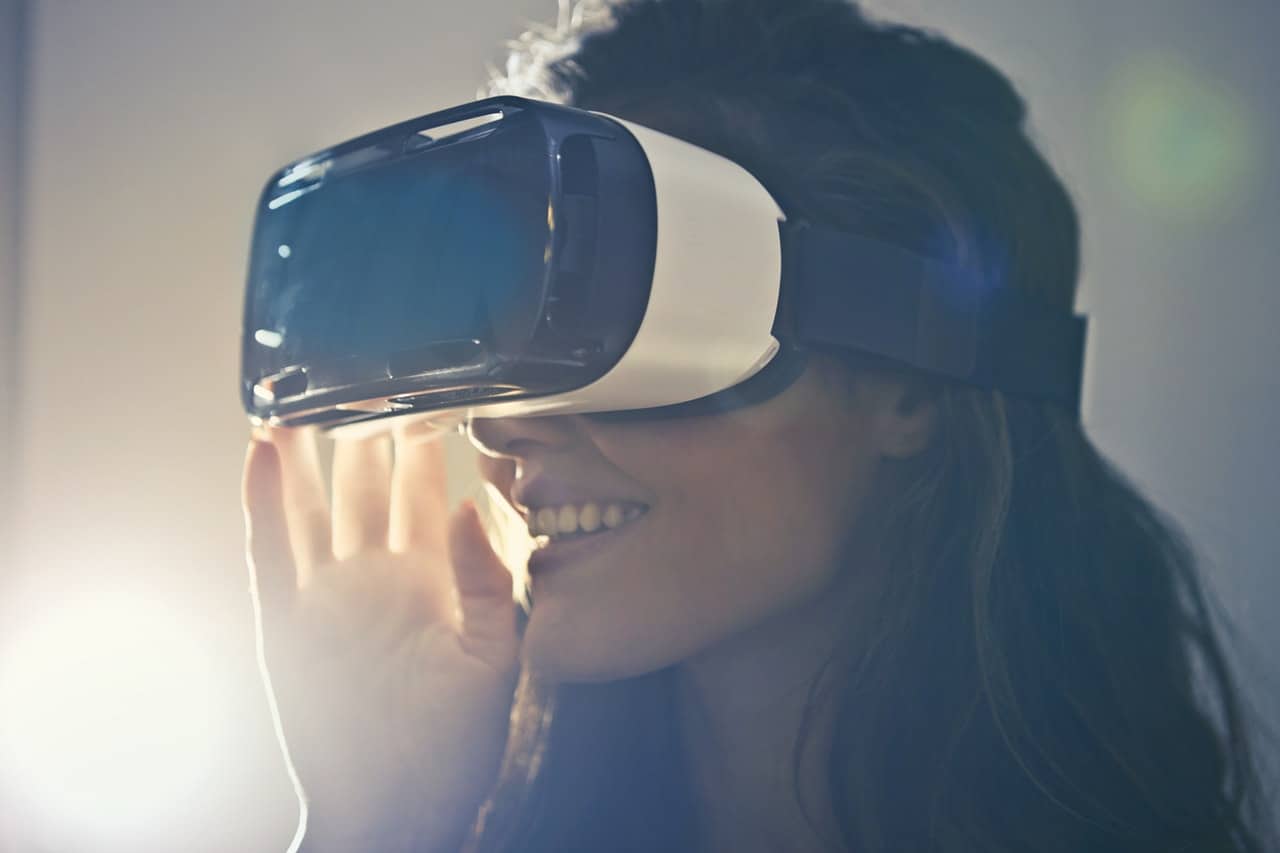If you asked people a few years ago what they think about virtual reality and how it will be used in the workplace, they would probably have responded that it’s a cool technology but totally irrelevant to the work they do. However, through the constant evolution of the technology, virtual reality can help you be more productive in your workplace.
So, what are ten ways virtual reality can boost workplace productivity?
1. Setting Up Meetings and Presentations
2. Conducting Effective and Time-Efficient Training Sessions
3. Providing Leisure And Entertainment Time For Employees And Clients
4. Organizing Data and Files
5. Improving Collaboration and Building a Sense of Community in the Workplace
6. Keeping Your Virtual Privacy at Work
7. Acquiring Top Recruits
8. Creating Ideas And Forecasting Trends
9. Managing Physical And Mental Pain While At Work
10. Encouraging High Quality Treatment and Therapy
It is not a secret that virtual reality can be used not just in video games or museums or read and only in science fiction novels and films. In what ways can this be beneficial to people in the workforce? It has been proven to improve employee performance and help companies and businesses grow and succeed.
First, it is good to have a refresher on what virtual reality (VR) means and covers. According to Virtual Reality Society , it basically denotes near-reality or usually refers to a particular type of reality emulation or a three-dimensional, computer-generated environment. The individual who explores VR becomes immersed and is able to manipulate or perform a series of actions.
, it basically denotes near-reality or usually refers to a particular type of reality emulation or a three-dimensional, computer-generated environment. The individual who explores VR becomes immersed and is able to manipulate or perform a series of actions.
VR can lead to a wide variety of discoveries in many areas, not only in architecture, sports, medicine, business, manufacturing, arts, and entertainment. It is becoming more known, widely used, and cheaper. There have been more innovative uses of this technology, and there are expected to be more in the future, impacting the way we communicate and work.
Leading US Virtual Reality company STRIVR has also recommended the use of VR to contribute to boosting employee performance in the workplace. We believe it can be a good investment for companies to leverage workplace productivity and engagement. Here are the best ways companies can take advantage of Virtual Reality for improved working performance:
has also recommended the use of VR to contribute to boosting employee performance in the workplace. We believe it can be a good investment for companies to leverage workplace productivity and engagement. Here are the best ways companies can take advantage of Virtual Reality for improved working performance:

1. Setting Up Meetings and Presentations
At this digital age, BPO companies have seemingly taken over the globe, connecting foreign and local employees to work on one goal. HR in Asia explained VR would be a helpful device in setting up meetings and marketing presentations. This is advantageous to geographically diverse workplaces.
explained VR would be a helpful device in setting up meetings and marketing presentations. This is advantageous to geographically diverse workplaces.
It can be efficient when your boss or colleague is located abroad, and you need to talk in person rather than settle for emails where a lot of barriers to communication arise. What you are presenting or talking about can also grab more attention as VR produces realistic visuals of data.
There are companies where employees want to feel like they are in a room together when, in reality, they are physically not. With the advancements presented by VR, so much money and resources have been allotted to the use of high-tech conference technologies to avoid isolation and help to get the work done from anywhere through virtual meetings.
Meanwhile, VR is also a game-changer for sales teams as they find ways to understand how to operate more effectively. They will be able to know what their customers want and provide them with a first-class experience of quality service.
Watty Technologies CEO and co-founder Gleb Braverman notes visual perception comes out as the most dominant human sense, with around 70% of the human body’s sensory receptors in the eyes. The more vivid and detailed a visual presentation is, the more successful the outcome will be.
Spatial was launched in October 2018 and now builds a range of tools enabling people to collaborate using augmented reality, which becomes more successful when mixed with VR. Vice President of Business Development and Strategy Jacob Loewenstein reported Spatial has been receiving positive feedback and strong subjective improvements as a result of their virtual meetings.
Other organizations that met all definitions of success for conducting virtual meetings include the United Kingdom Ministry of Defence, MIT’s Sloan School of Management in the US, and car manufacturer Hyundai with teams based in South Korea, Europe, and the United States.
Follower-boosting firm SocialSteeze CEO and Virtual Reality expert Chad Felix asserts VR helps all employees and contractors for online businesses employing workers in varied locations feel more connected and belong to the team during virtual meetings. Felix argues this revolutionary technology is helpful even for employees who may be in the same workplace location.
If you have watched the 2014 action spy film Kingsman, you would have realized the portrayal of a virtual meeting. This is where we can distinguish video calling from virtual reality. A video call can only show you the people you are talking to in two dimensional, with a chance of delays due to poor connection or signal. On the other hand, having a VR gear lets you see everyone and everything in 3D in an instant.
2. Conducting Effective and Time-Efficient Training Sessions
Workers will become more equipped when they are provided with the experience without the need to be in the situation. VR technology can offer 3D presentations to help in training employees to visualize real work experience and eliminate potential risks and danger. Being immersive and fun at the same time for learning purposes is a plus in developing trainees’ skills.
Forbes explained VR could help eliminate risk from testing by creating a safe, foreseen, and efficient environment where training will occur. This is best employed by companies using crane or hoist as their main area of work. This is technology in general fulfilling its fundamental purpose of delivering human beings from physical harm.
explained VR could help eliminate risk from testing by creating a safe, foreseen, and efficient environment where training will occur. This is best employed by companies using crane or hoist as their main area of work. This is technology in general fulfilling its fundamental purpose of delivering human beings from physical harm.
VR helps us improve our training, resources, and techniques by making sure we can test new methods, build fresh prototypes, and test our knowledge without putting ourselves at unnecessary risk. Physicians in training, surgeons, astronauts, and even automotive manufacturers can also relate to taking advantage of this sophisticated technology. They just need to hit the reset button when things go wrong during a simulation.
In the education sector, teachers already have the opportunity to test their problem-solving skills in a virtual classroom. They can now rehearse their teaching methods and train to look out for disruptive behavior by students.
Forbes mentioned law enforcement officers in New Jersey in the United States are currently employing a system allowing them to train for scenarios that would potentially be faced by the trainees. Although the practice has not been officially activated in routine training yet, the company behind this feature has already incorporated technology to deliver an electric shock to those involved once they make a dangerous mistake.
Firms, in general, use VR to help their new hires have much more realistic expectations about the job they will work on during their training. This helps training managers reduce the time of adjustment and transition to the role and makes them more productive to focus on other relevant matters.
Viar360 recalled the only agency initially using virtual reality to create training sessions was the National Aeronautics and Space Administration (NASA). It was employed by NASA to train their pilots since it was all about abrupt reflexes and every second mattered. Gradually, many companies such as American logistics company United Parcel Service (UPS), fast food chain KFC, and global automation company Siemens began using VR training programs for their staff.
initially using virtual reality to create training sessions was the National Aeronautics and Space Administration (NASA). It was employed by NASA to train their pilots since it was all about abrupt reflexes and every second mattered. Gradually, many companies such as American logistics company United Parcel Service (UPS), fast food chain KFC, and global automation company Siemens began using VR training programs for their staff.
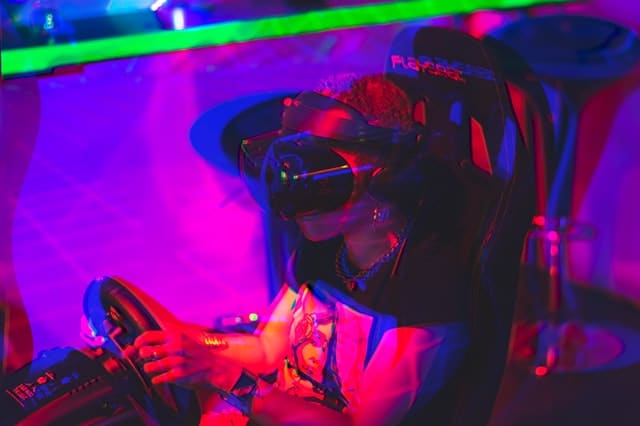
3. Providing Leisure And Entertainment Time For Employees And Clients
Stress eating at work can lead to various health problems, such as obesity and diabetes. Chit chatting with your colleagues at the lounge or pantry area might not be the most productive thing to do during your break. Watching television, movies, or videos on your computer might not be as helpful to your colleagues who also need to get work done.
HR in Asia stated employee productivity would swiftly increase when they take a break in the middle of work, according to studies. You would think taking a nap will be the best option to regain your energy and rest your mind, but you do not really have the luxury of time to do so since you are at work. Virtual reality comes to the rescue.
stated employee productivity would swiftly increase when they take a break in the middle of work, according to studies. You would think taking a nap will be the best option to regain your energy and rest your mind, but you do not really have the luxury of time to do so since you are at work. Virtual reality comes to the rescue.
We also identified taking regular breaks at the top of 100 Ways To Be Productive At Work . In this article, we listed down various things employees can do to stay productive in the workplace. One of these is taking a short leisure time to help you maintain a constant level of performance.
. In this article, we listed down various things employees can do to stay productive in the workplace. One of these is taking a short leisure time to help you maintain a constant level of performance.
Investing in VR is perfect for companies who prioritize the welfare of their workforce. The visuals and sound coming from VR gears have the ability to block all the stress and noise surrounding your workplace. It also relaxes your mind and prepares you to go back to work rejuvenated and recomposed. Employees can feel the exhilarating atmosphere vacation spots in a simulated environment provides.
This use of VR technology is not only designed for employees but also for clients or customers. ReadWrite revealed how tours and travels industry has been using this technology to provide clients the vibe of various holiday destinations across the globe. This way, clients can first visit various destinations in a virtual setting before travel choices are made. It really makes your work easier and lighter in all aspects.
revealed how tours and travels industry has been using this technology to provide clients the vibe of various holiday destinations across the globe. This way, clients can first visit various destinations in a virtual setting before travel choices are made. It really makes your work easier and lighter in all aspects.
4. Organizing Data and Files
Even if you are the most organized person ever to exist, you can be overwhelmed with the volume of data you deal with on a daily basis. With the number of sticky notes, pile of papers, and documents on your physical desk and reminders on your phone and work computer, you will really be stressed out. This can give you a hard time in accomplishing your designated task.
It is highly recommended to apply the second screen technique to VR. This phenomenon enhances how you enjoy a particular activity and helps keep your complicated tasks laid out well-organized with nothing gone missing. Imagine how much space could be freed up in our offices and business campuses if VR is employed to organize documents and other resources.
Forbes explained VR technology could even display real-time changes to critical data as we work on our projects. Tech.co
explained VR technology could even display real-time changes to critical data as we work on our projects. Tech.co also revealed the principles of how Tony Stark from Marvel’s Avengers maneuvers information around in his laboratory are technologically feasible through the use of VR.
also revealed the principles of how Tony Stark from Marvel’s Avengers maneuvers information around in his laboratory are technologically feasible through the use of VR.
We understand such idea of populating our field of vision with virtual bookmarks and icons may come out as intimidating and too futuristic. However, this is the reality now. Everything is possible with the technology of the 21st century.

5. Improving Collaboration and Building a Sense of Community in the Workplace
Tech.co asserts employees become more functional and productive when they work together. This is why collaboration software is a big deal in the corporate world. Working together is not easily replicated when your colleagues are located in different office locations. Virtual reality could take conferencing to the next level.
asserts employees become more functional and productive when they work together. This is why collaboration software is a big deal in the corporate world. Working together is not easily replicated when your colleagues are located in different office locations. Virtual reality could take conferencing to the next level.
Some bosses tend to be content with conversations over Skype, Slack, or just emails. However, the ability to freely gesture and move around is vital to collaboration, which is enabled by VR. Time wasted, misunderstandings, and even travel costs for meetings and gatherings can be avoided and cut down massively.
We talked about making the working environment as conducive and comfortable as possible in various ways. These include constant employee engagement or meeting with the organization. We wrote “How Does Ergonomics Affect Employee Performance? (Physical, Cognitive, and Organizational Ergonomics)” and detailed how a physically and socially healthy and safe organization affects workplace productivity.
and detailed how a physically and socially healthy and safe organization affects workplace productivity.
Simon Chandler from Daily Dot asserted VR is not simply a collaboration tool , but rather a resource for creating shared experiences, perceptions, and thoughts among colleagues. This is why it represents the next big move in workplace cooperation and discipline. Paris-based TechViz marketing director Thomas Serrurier told Chandler one of their key selling points is providing shared virtual workspace for distant co-workers.
, but rather a resource for creating shared experiences, perceptions, and thoughts among colleagues. This is why it represents the next big move in workplace cooperation and discipline. Paris-based TechViz marketing director Thomas Serrurier told Chandler one of their key selling points is providing shared virtual workspace for distant co-workers.
Location will no longer be a challenge in VR as it transforms workplace collaboration for the better. Companies who invest in this technology enable their teams to coordinate and complete tasks easier and within the shortest time possible. Not only that, employees can feel a sense of community which is fostered only from a traditional office setting as many employees thought.
6. Keeping Your Virtual Privacy at Work
We all have different styles in getting our tasks done. We do believe in the spirit of one team where the job will become easier when employees work together. On the other hand, some prefer having a ‘me time’ to better focus and accomplish the assigned work alone ahead of time. It is a good thing VR can also provide this privilege.
Having virtual workspaces is guaranteed not to impact the actual workplace surroundings. Employees can stay on their chairs in front of their desks while they enjoy the beauty of their chosen scenery in a virtual environment. VR can easily provide this priceless ability to take your work outside and help you maintain your privacy at work.
We reviewed a total of 28 workplace software or applications many companies use to boost the productivity of their employees and make the most of their workspace. By discovering the 28 Workplace Software Tools You Need To Know , you will learn what kind of workplace environment you fit in, you are comfortable with, or you prefer.
, you will learn what kind of workplace environment you fit in, you are comfortable with, or you prefer.
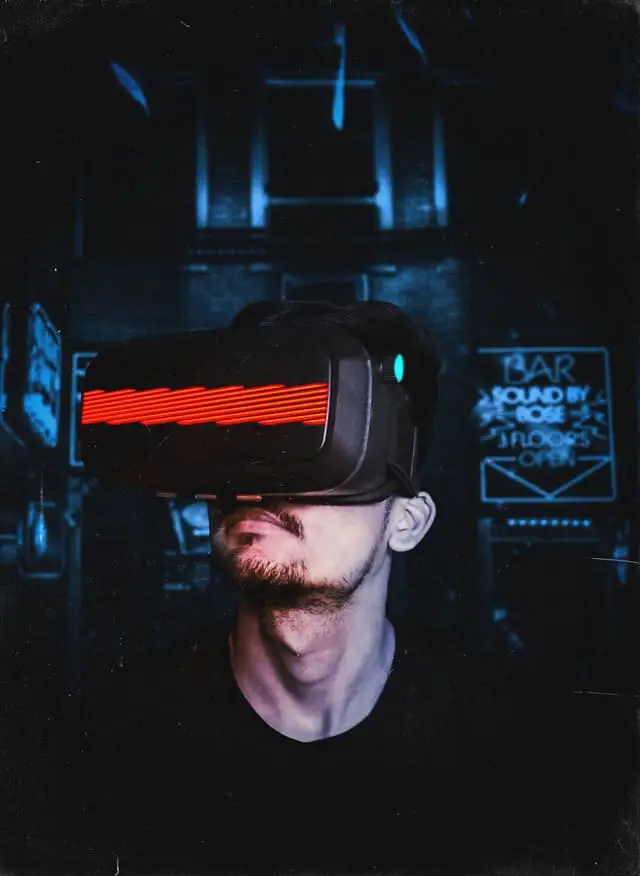
7. Acquiring Top Recruits
It is impressive how VR can even offer talent acquisition as another emerging application in the workplace. VR enables potential new hires to inhabit the workplaces and environment their future job requires. They are allowed to immerse themselves so they can be fully informed about the position they are applying for and the whole field of work they are about to enter.
Forbes also revealed VR allows employers to take stock of where the aspiring employees excel, what they need guidance for, and what they need to improve on. This could help companies avoid applicants who are not really interested in the job offer and not skilled enough. With this, companies save a lot of time, effort, and resources in interviewing, evaluating exams, and welcoming new hires.
It is not only screening applicants VR can help recruiters with. VR provides both the human resource staff and the aspirant a better sense of whether their values are aligned and compatible with the company. Effective and time-efficient recruitment is one of the magics VR offers in the workplace.
Innovation also speaks volumes about your company, especially when you consider real-time and close interpersonal interactions through VR as important. Viar360 revealed it was later realized both hiring managers and employees through video interviews can lose out some important interpersonal connection. This is where a simulated environment becomes the best option.
revealed it was later realized both hiring managers and employees through video interviews can lose out some important interpersonal connection. This is where a simulated environment becomes the best option.
8. Creating Ideas And Forecasting Trends
This is the most basic yet most beneficial use of virtual reality. ReadWrite states VR allows companies to forecast trends and determine how projects are performed beforehand. It also enables businesses to come up with new ideas and conduct tests before they implement them in the actual working environment.
states VR allows companies to forecast trends and determine how projects are performed beforehand. It also enables businesses to come up with new ideas and conduct tests before they implement them in the actual working environment.
The car manufacturing industry sets the best example of how this is done. The product of a car design can be tested by how well it will be accepted in the actual market. Engineers can test the car’s safety in a virtual setting before the manufacturing process begins. Even leading aircraft design companies Boeing and Airbus have been using simulated digital spaces to test new features and models.
Curious customers can also test drive the vehicle using VR headsets, which will help them make smart purchase decisions. Performance and reliability are examined more cost-effectively and safely under any condition. There might be upfront platforming and tooling costs, but these are likely to be mitigated by the emerging VR-as-a-service.
VR-as-a-service businesses provide ready-made services ranging from hireable virtual reality suites to world-building equipment. Also falling into this category are marketing agencies which have gotten ready to create virtual and interactive experiences for companies and brands.
Companies are given a way to determine what their sales performance and customer growth would look like in a virtual setting. This contributes to making the production process efficient and helps companies come up with the best products that will satisfy the needs of the end users and meet the company’s goals.
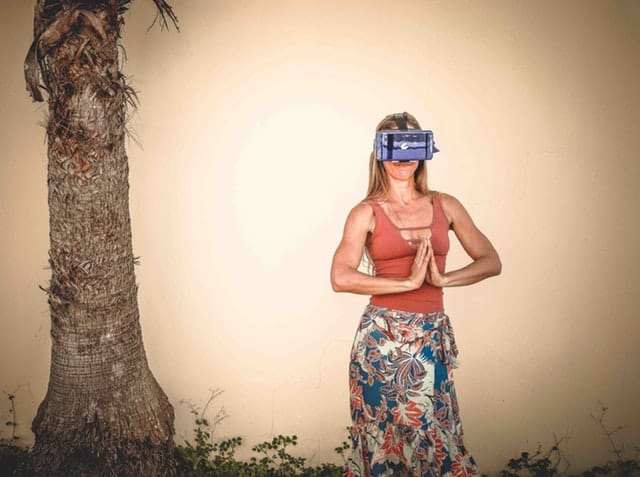
9. Managing Physical And Mental Pain While At Work
Those who work at a hospital or clinical setting already know how drastic and widespread VR is used, especially in medicine. It has been a huge help in managing pain for working patients who undergo treatments inflicting too much pain. Those who still decide to work while suffering from extreme pain such as high degree burns, broken limbs, toothache, and open wounds can relate.
VR headsets have the power to distract the brain of the patients and confuse the pain pathway by drawing their attention from the suffering to the cool simulation. Dentists are specifically using this technology to relieve a patient’s pain when extracting their teeth or conducting dental procedures.
Aside from the physical or mental incapacities workers might have, their mental health and well-being also need to be a focal point. We discussed the importance of taking care of your employees’ state of well-being in maintaining greater job performance. We wrote an article entitled “How does Worker Well-being Impact Employee Performance?” which details how companies should and could boost their employees’ well-being and help improve their overall health.
which details how companies should and could boost their employees’ well-being and help improve their overall health.
This advanced technology makes your company genuinely inclusive and supportive. Of course, every company follows appropriate standards when it comes to health. On the other hand, there will be inevitable instances when health problems arise, and employees will unintentionally suffer from physical or mental pain one way or another. It is better to be ready and proactive rather than settle on firing and hiring repeatedly.
10. Encouraging High Quality Treatment and Therapy
The Anxiety and Depression Association of America (ADAA) states having an anxiety disorder can impact the workplace massively. According to the Workplace Stress and Anxiety Disorders Survey conducted by ADAA, workers who have the disorder face difficulties in dealing with challenges, meeting deadlines, maintaining personal relationships, managing staff, engaging actively in meetings, and making good presentations.
states having an anxiety disorder can impact the workplace massively. According to the Workplace Stress and Anxiety Disorders Survey conducted by ADAA, workers who have the disorder face difficulties in dealing with challenges, meeting deadlines, maintaining personal relationships, managing staff, engaging actively in meetings, and making good presentations.
It causes the affected individual to feel as if they are lost. Some patients experience a sense of panic, chest pain, or the feeling of having to escape to a better place. Symptoms and many other variables patients might deal with can be monitored and controlled by virtual reality.
The office’s medical team can use functional applications fused with the VR technology to track the patient’s breathing patterns and offer highly recommended scenarios for the patient to regard and choose. If necessary, the health experts at work can even quickly administer anxiety medication. It saves the time-lapse between traditional health responses.
Let us now stray away a bit from the usual working environment such as an office building. Take a look at those who work outside, remotely, or in indefinite workplace locations. One instance would be our combat soldiers or those who serve in the military.
They mostly comprise the general population of those who have Post-Traumatic Stress Disorder (PTSD). This is common among them due to the traumatic experiences they were exposed to while at work. Such mental health disorder is also experienced by those who suffered from sexual assault, abuse, and road accidents, according to ReadWrite .
.
With the use of virtual reality, patients with PTSD and other related disorders are assisted in treating their fears by helping them replay what they went through. It has been identified that reliving petrifying experiences can help the medical team at your work to understand the patient’s condition. This way, they can come up with proper recommendations on how to cope better.

Growth of VR for Use in Workplaces
There is a common belief that virtual reality is superior to other forms of workplace collaboration. This is why a growing number of employers and institutions are turning to and now relying on VR. In addition, the collaboration between augmented reality and virtual reality (AR/VR) is believed to offer many more advantages over communication in person. It can provide deeper engagement within the organization without any trouble.
VR paves the way for companies to simultaneously focus the attention of employees on similar things and to immerse them in the same environment. As a result, companies can expect to gain more authority or control over how their employees experience and do the work.
The good news is the field of VR for the workplace is not an unusual idea anymore. Plenty of third-party services have developed VR solutions through the years, and a lot of these are specially designed for enhancing workplace functionality. We have established how VR improves employee skills effectively, reduces pressure, and enhances creativity.
Sarah Landrum wrote an article about how virtual reality has revolutionized the corporate world. She revealed the number of active VR companies has grown by 250% since 2012, which equates to a lot of money and interest. She discussed how much Facebook founder Mark Zuckerberg paid for VR pioneer Oculus as an example.
wrote an article about how virtual reality has revolutionized the corporate world. She revealed the number of active VR companies has grown by 250% since 2012, which equates to a lot of money and interest. She discussed how much Facebook founder Mark Zuckerberg paid for VR pioneer Oculus as an example.
Zuckerberg intended to acquire American technology company Oculus because he saw the potential for VR. The news got many people furious as they hoped for a more trustworthy company to have the early market leader. This proves the new stewards of the world economy are interested in such new technologies and techniques the previous generations could not believe happening.
To help you more with innovative, cost-effective choices for your company and your goal of improving employee performance, we answered the question What is a Smart Building? (Benefits and Realistic Expectations) . We believe taking advantage of various technologies such as virtual reality and smart building is worth it if we are talking about boosting workplace productivity.
. We believe taking advantage of various technologies such as virtual reality and smart building is worth it if we are talking about boosting workplace productivity.
The challenge now is how feasible VR is for your company. Advisory firm Digi-Capital projected VR could be worth up to $30 million by 2020 as its costs go down and it becomes more mainstream. It would be best if companies consider investing in this advanced technology to aid in cutting unnecessary costs dramatically in the long run.
projected VR could be worth up to $30 million by 2020 as its costs go down and it becomes more mainstream. It would be best if companies consider investing in this advanced technology to aid in cutting unnecessary costs dramatically in the long run.
Many firms are already keenly embracing the opportunities created by VR with the arrival of affordable and consumer-friendly headsets. Bernard Marr wrote on Forbes much of the hype around the release of mainstream VR headsets in 2016 focused on their potential to enhance leisure experiences.
wrote on Forbes much of the hype around the release of mainstream VR headsets in 2016 focused on their potential to enhance leisure experiences.
On the other hand, research from market intelligence firm Tractica found the uptake of virtual reality in business is forecasted to outpace entertainment purposes in the coming years. Specifically, spending is projected to reach $9.2 billion by 2021.
found the uptake of virtual reality in business is forecasted to outpace entertainment purposes in the coming years. Specifically, spending is projected to reach $9.2 billion by 2021.
A flaw critics might put focus on when dealing with VR is the fact that it depends on creating an artificial environment that needs to predict and predefine how virtual objects must behave. This poses the risk of imposing too many demands on VR, but it can be overcome by leaning more towards it and experiencing it more through time.
Apart from video games and fictional forms of entertainment, human productivity has been waiting for this revolutionary tool. Everything in the corporate world, ranging from customer service to marketing, HR, and production can be simulated in VR. If you look at virtual reality as the way forward worth every penny, you will for sure boost your company’s overall workplace productivity.
The uses of virtual reality are numerous and obviously not limited to those we listed above. Its potential to grow and develop even more across the globe is unparalleled. For the time being, it is important to note how this technology works and how it can assist you, as an individual in the workforce, in progressing your career.
Related Questions
What are the recent breakthroughs in VR technology? The emergence of eyeball-tracking technology allows us to interact in a simulation merely by looking at the virtual objects and people there. Meanwhile, current high-end VR devices still generally require expensive computers to power them, but this is likely to progress as standalone headsets continue to show what they are capable of.
How can virtual reality benefit your company aside from boosting workplace productivity? If you adopt such an advanced method or tool in your company, and it ends up being emulated by other companies and businesses, eventually, you might be a leader in technological innovation. You will get the recognition your company deserves.
Join Open Sourced Workplace
 says that, of remodeled and new buildings, roughly 30 percent don’t have air quality that’s up to par.
says that, of remodeled and new buildings, roughly 30 percent don’t have air quality that’s up to par.

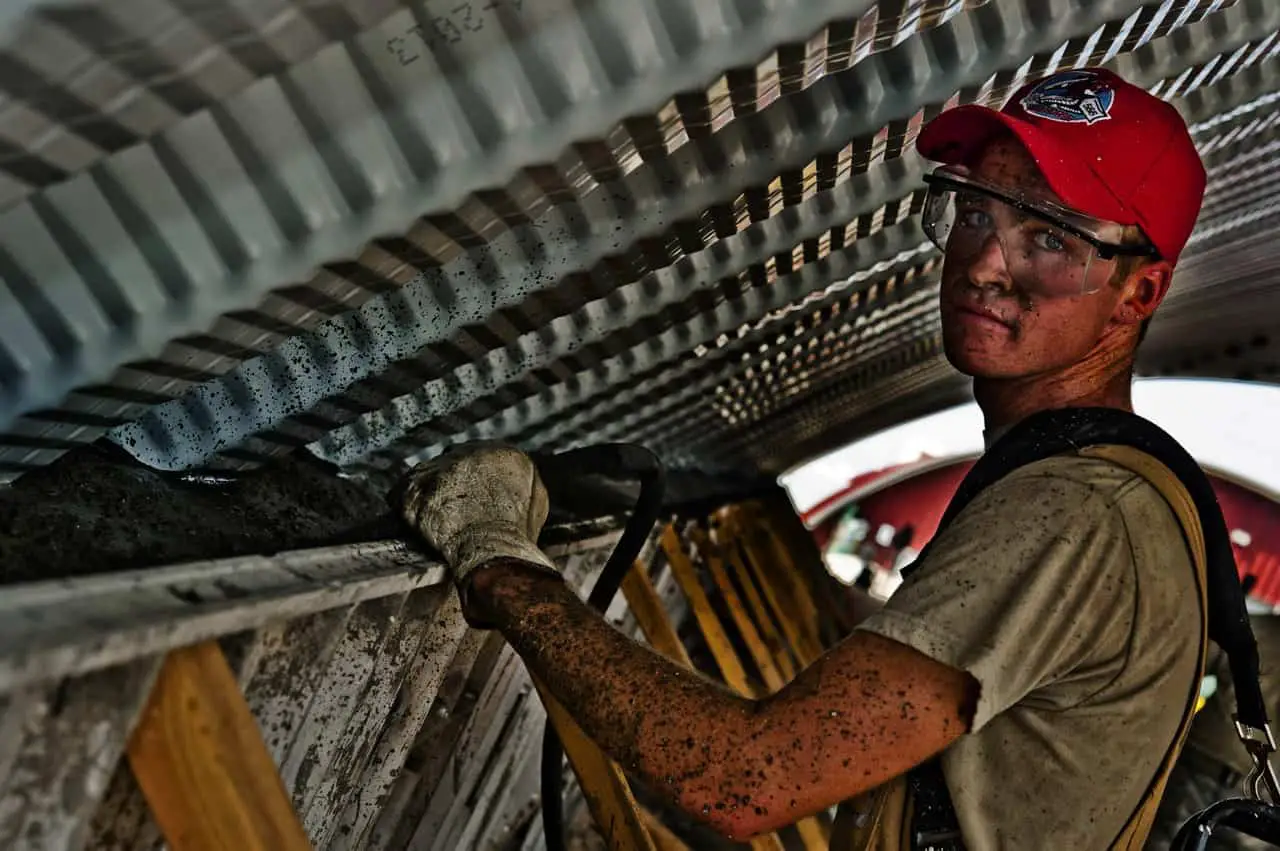
 )
)



